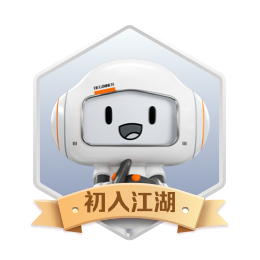
一个逗B的大学生吗,爱好技术交流,目前专注于.NET 全栈开发
 发表了文章
2019-08-10
发表了文章
2019-08-10
 发表了文章
2019-08-09
发表了文章
2019-08-09
 发表了文章
2019-08-08
发表了文章
2019-08-08
 发表了文章
2019-07-04
发表了文章
2019-07-04
 发表了文章
2019-06-09
发表了文章
2019-06-09
 发表了文章
2019-06-09
发表了文章
2019-06-09
 发表了文章
2019-06-09
发表了文章
2019-06-09
 发表了文章
2019-06-09
发表了文章
2019-06-09
 发表了文章
2019-06-09
发表了文章
2019-06-09
 发表了文章
2019-06-09
发表了文章
2019-06-09
 发表了文章
2019-06-09
发表了文章
2019-06-09
 发表了文章
2019-06-09
发表了文章
2019-06-09
 发表了文章
2019-06-09
发表了文章
2019-06-09
 发表了文章
2019-06-09
发表了文章
2019-06-09
 发表了文章
2019-06-09
发表了文章
2019-06-09
 发表了文章
2019-02-23
发表了文章
2019-02-23

 提交了问题
2019-03-21
提交了问题
2019-03-21
 提交了问题
2018-10-29
提交了问题
2018-10-29
 提交了问题
2018-09-15
提交了问题
2018-09-15
